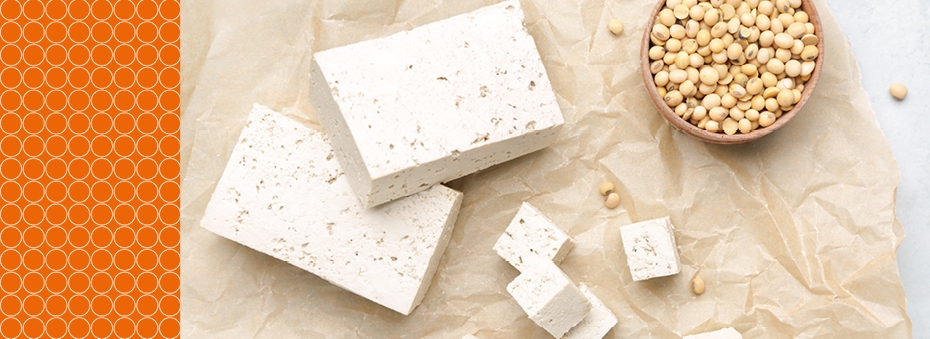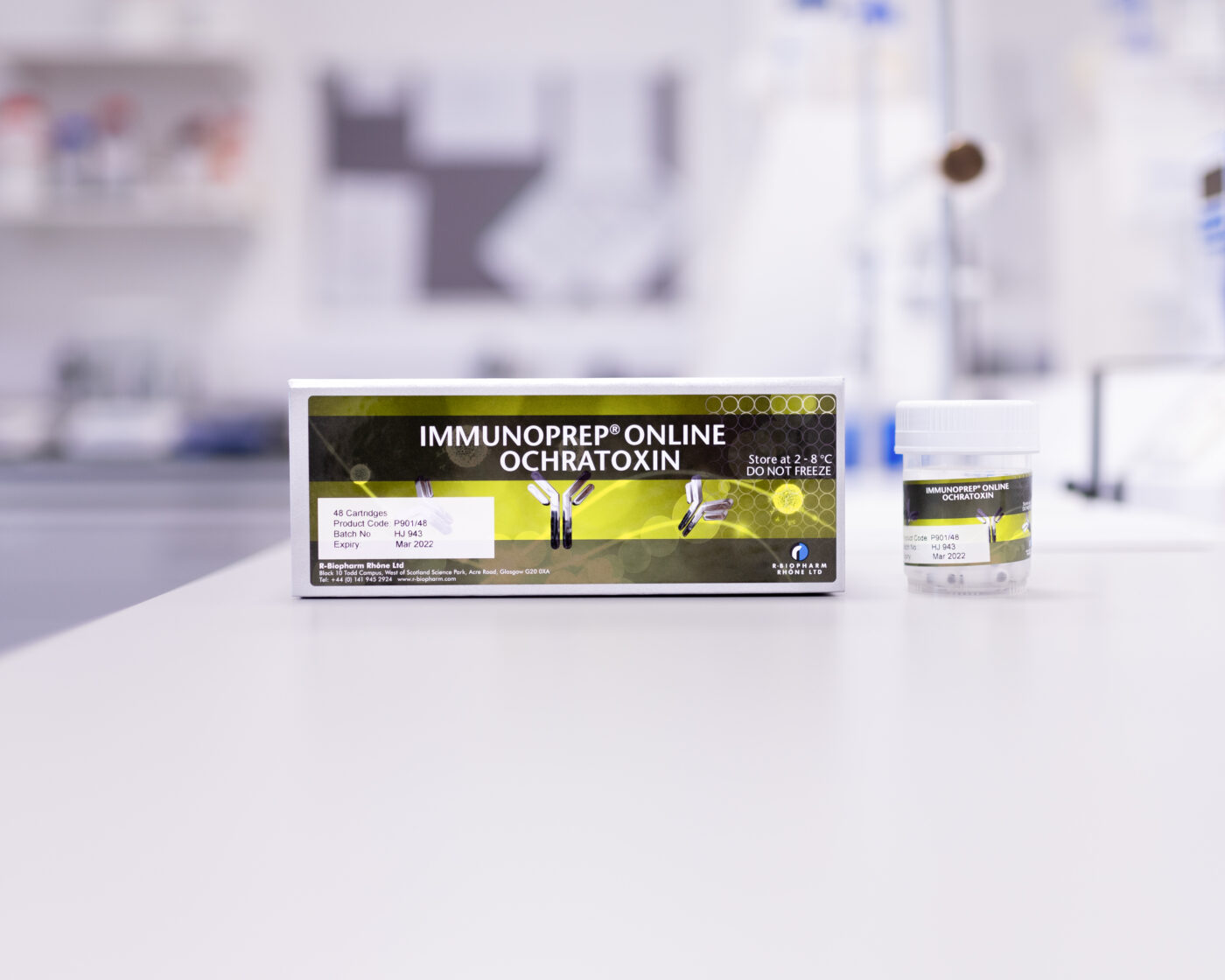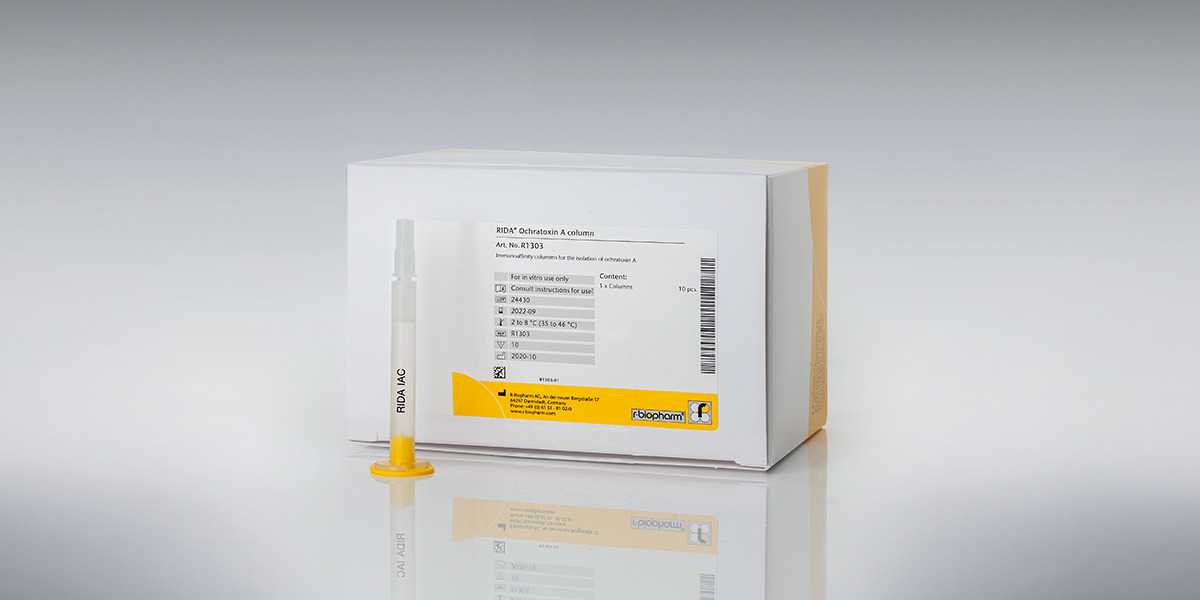
Recent news in Food & Feed Analysis
- Home
- /
- Mycotoxins in soy: An...
Mycotoxins in soy: An underestimated risk?

Mycotoxins are a major problem in global agriculture. Besides grains, many other foods can be affected as well. And sometimes they are found in very unexpected places.
Molds can grow on a wide variety of agricultural products, forming harmful mycotoxins. Whenever food trends lead to novel foods or raw materials coming onto the market, it must always be considered that these could be contaminated with mycotoxins. For example, mycotoxins have already been detected in many so-called “superfoods”, e.g. in algae such as spirulina and chlorella, in green tea or also in pseudocereals such as teff, quinoa, sorghum, millet and amaranth (see also Mycotoxins in the vegan diet). Climate change can also lead to an increased risk of mycotoxins, as changing climatic conditions can cause mycotoxins to occur in new regions and also in new crops.
Recently, there has been increased focus on mycotoxin contamination in legumes, especially in soybeans:
- In January 2023, RASFF reported the occurrence of aflatoxin in soy chunks from India.
- In a study conducted by the Trilogy laboratory in the USA, ochratoxin A (“OTA”) was detected in soy-based baby food, in some cases in extremely high concentrations.
- A study from South Korea analyzed the levels of aflatoxin and OTA in soybean paste and meju (dried fermented soybeans), and was able to detect particularly OTA in numerous samples.
- According to another study from South Korea, foods made from fermented soy pose a risk, as the filamentous fungi used for the fermentation process can form mycotoxins without effective prevention strategies.
- A study from Münster, Germany, found that vegans had strikingly higher OTA levels in their blood than the comparison group. The diet differed primarily in the significantly higher consumption of legumes.
Maximum levels for mycotoxins in soy
Since January 1st, 2023, the Commission Regulation (EU) 2022/1370 has been in force. This document complements the Regulation (EG) No. 1881/2006, which sets maximum levels for various contaminants in food. The new regulation responds to the fact that OTA has been detected in foodstuffs that were previously not subject to maximum levels. Thus, the regulation now also includes a maximum level for OTA in soybeans of 5 μg/kg.
Mycotoxins will also be a topic at BIOFACH, the world’s leading trade fair for organic food, from February 14-17 in Nuremberg, Germany. We would be pleased to meet you there!




